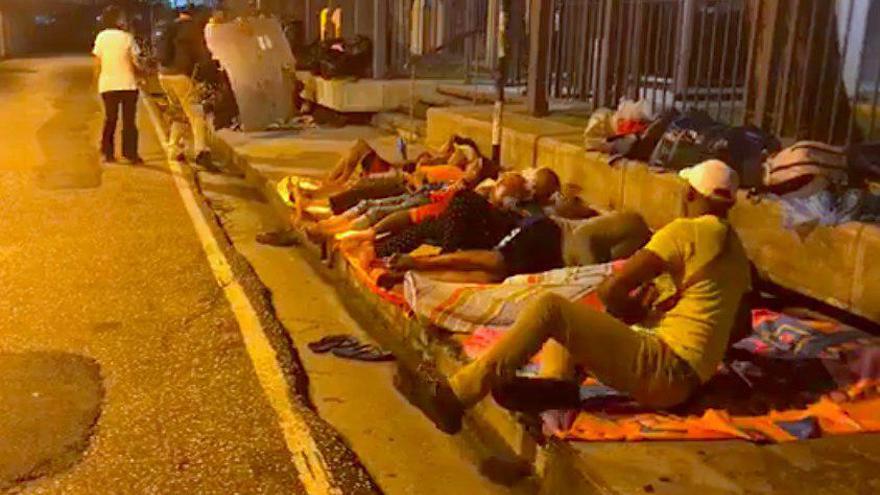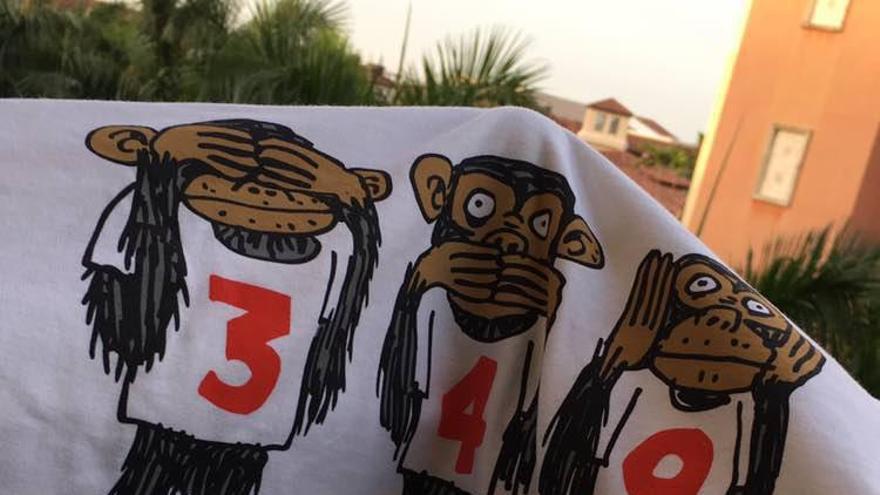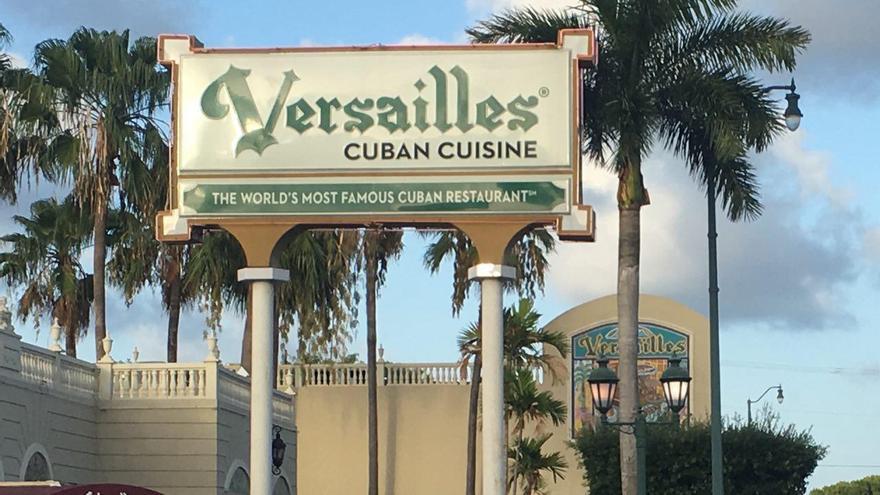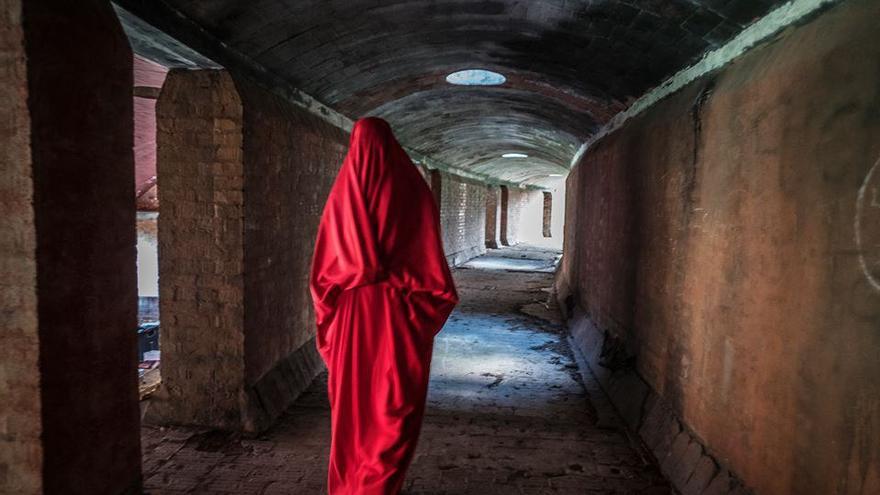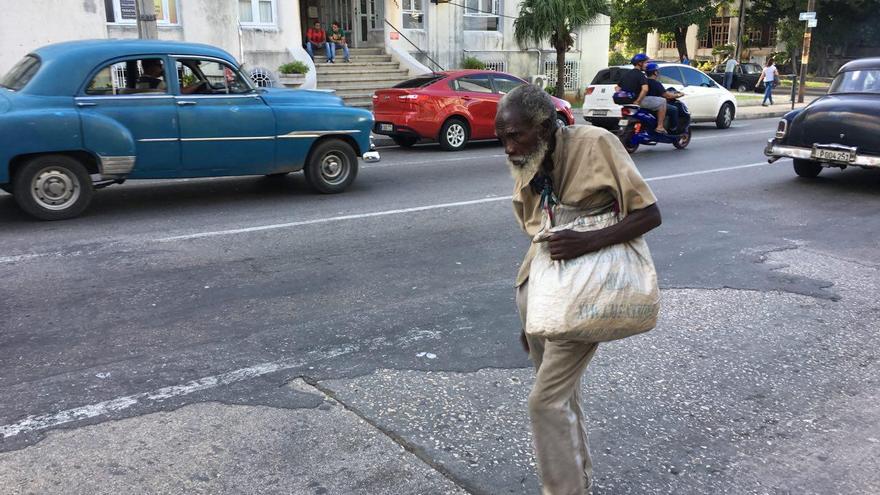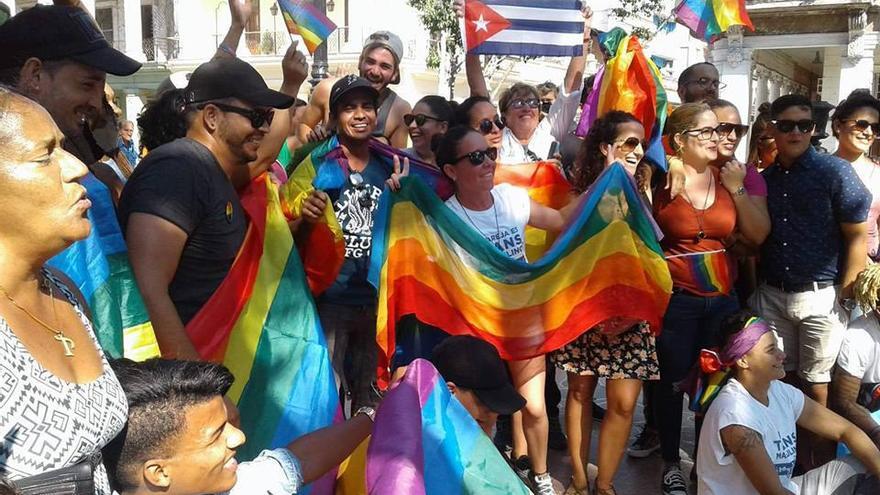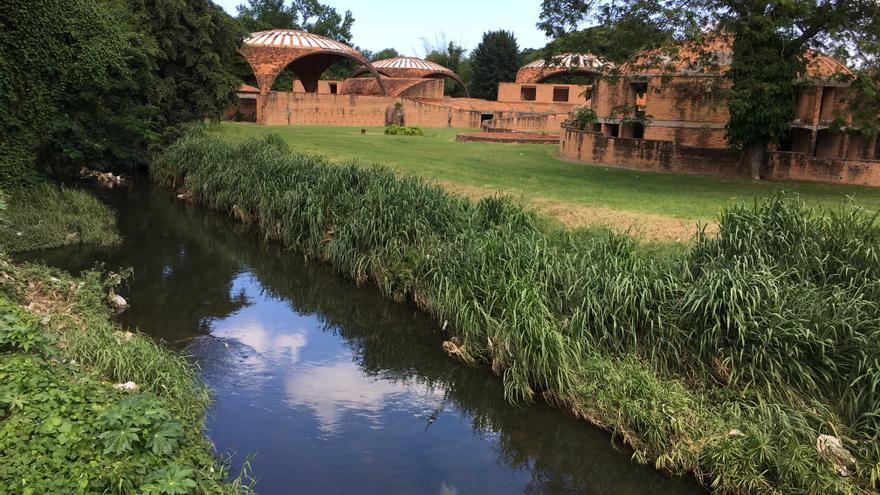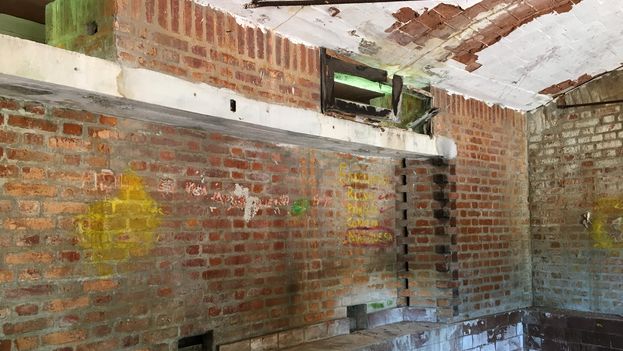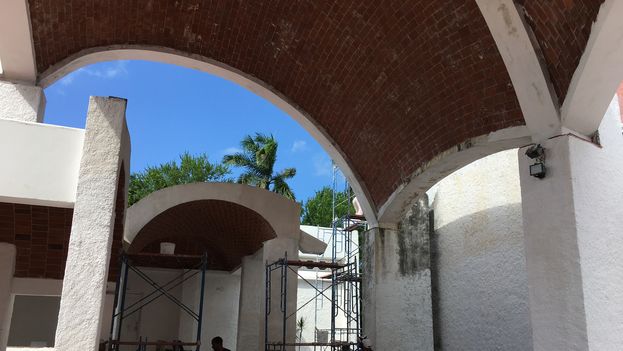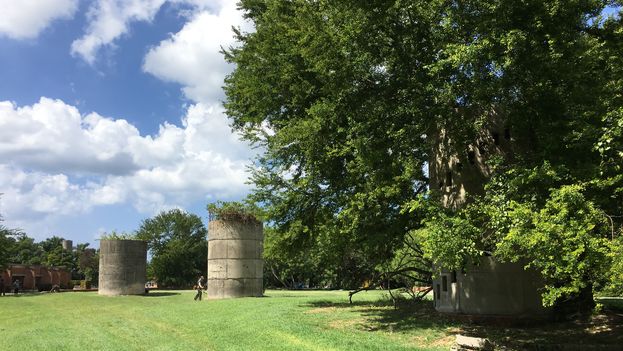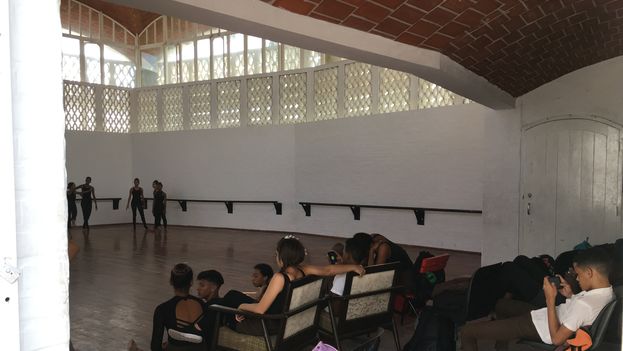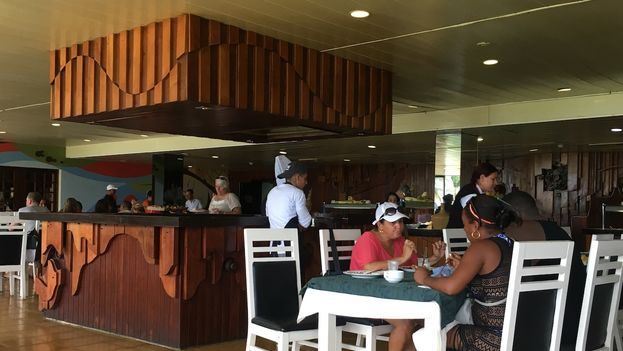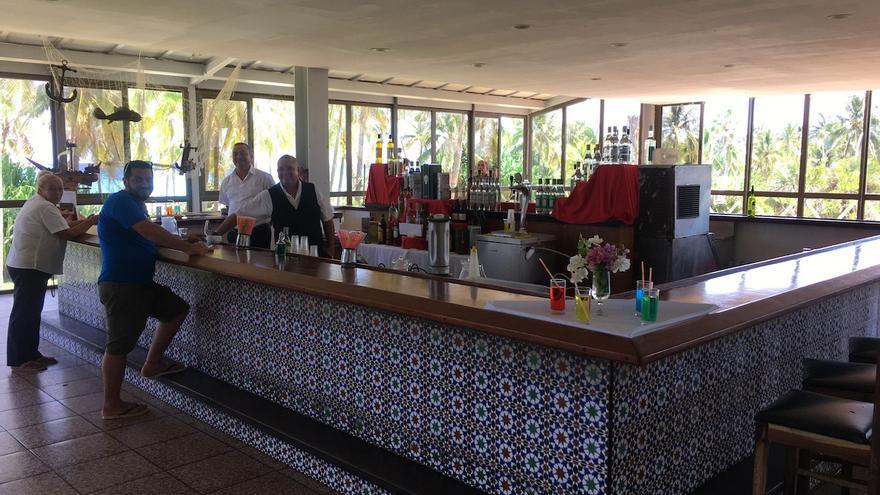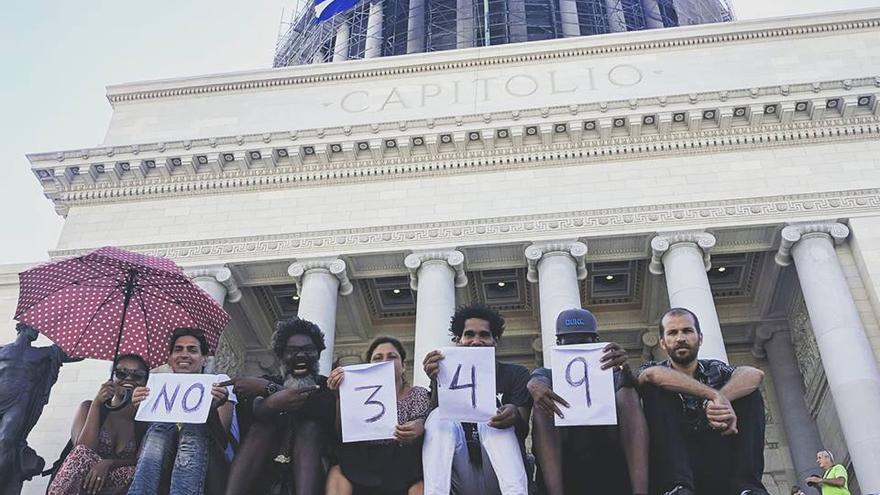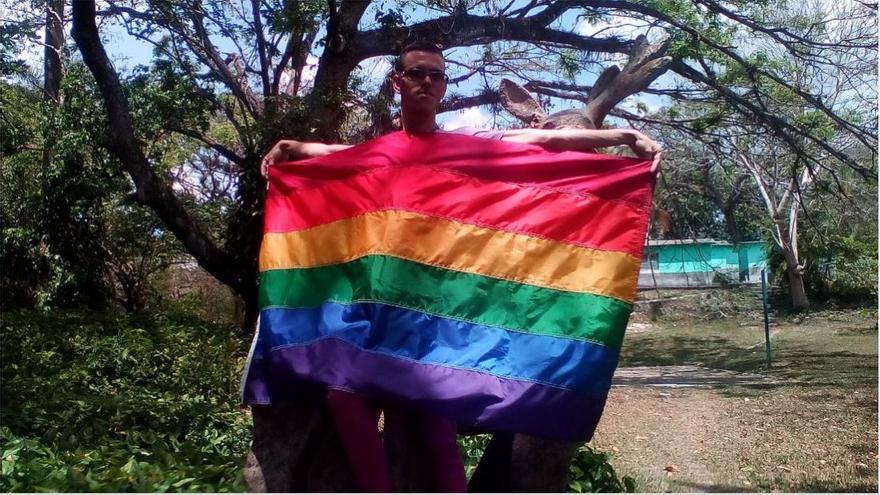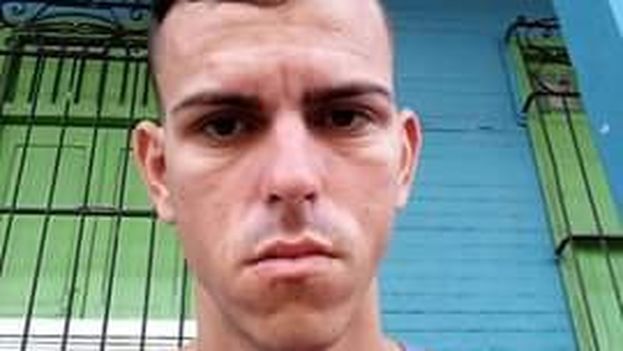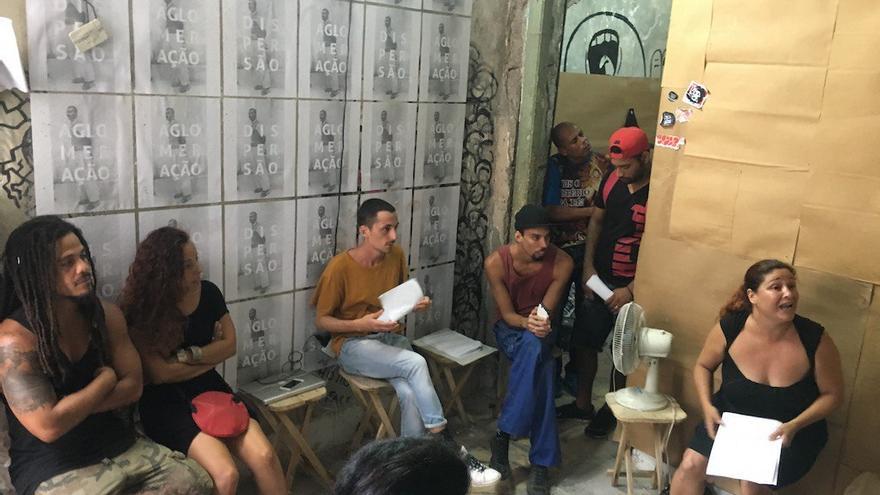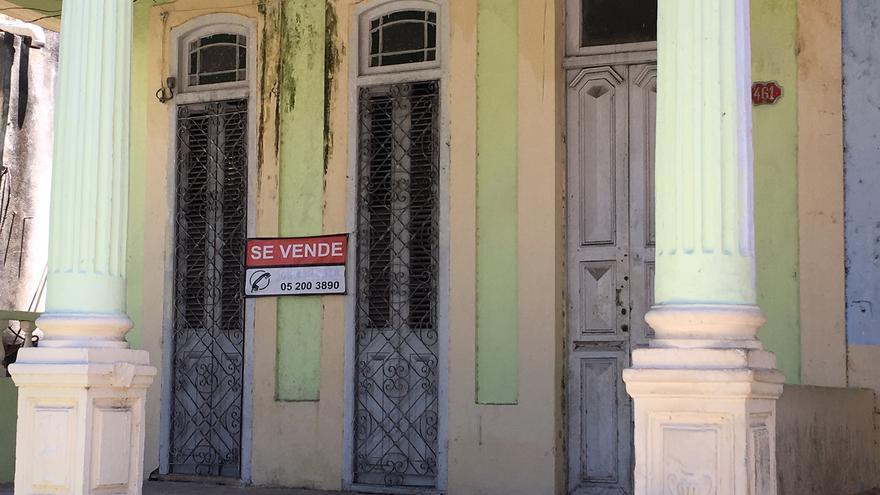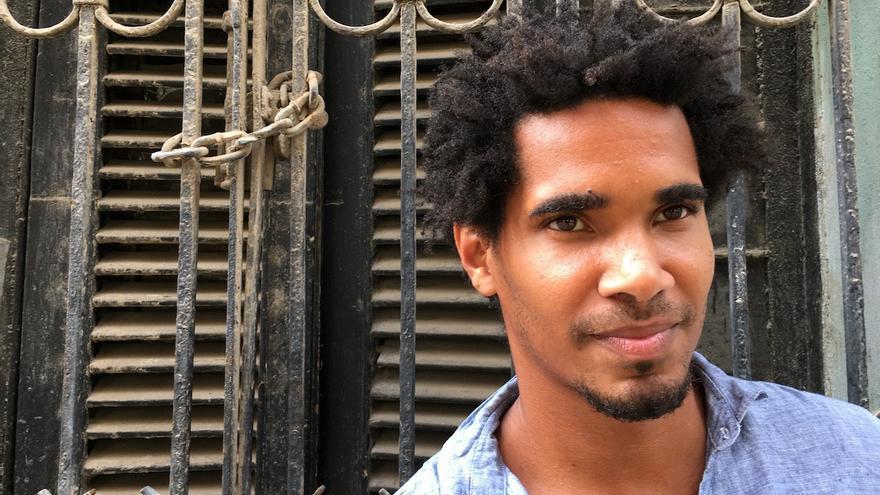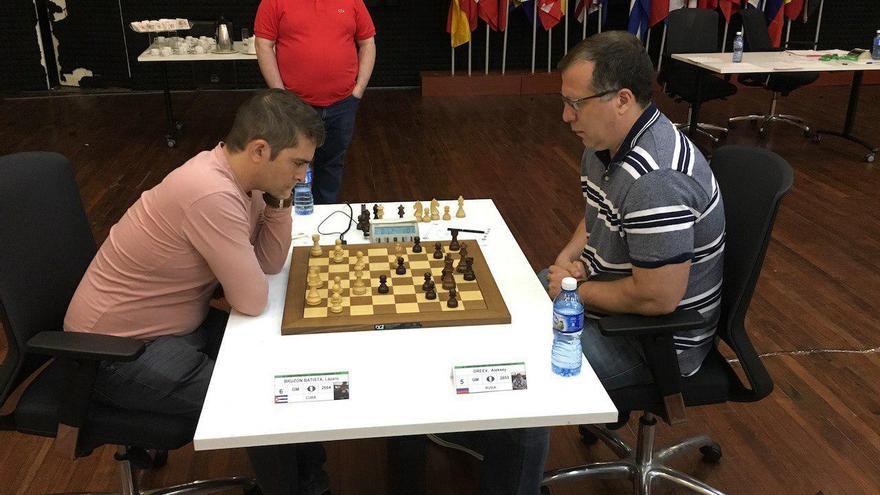
![]() 14ymedio, Luz Escobar, Miami, 20 November 2018 — The wave of disagreements between the best Cuban chess players and sports authorities never ceases. After the declarations of Lázaro Bruzón last September against the authorities of the National Institute of Sports, Physical Education and Recreation (Inder) for their exclusion from the national preselection process for refusing to return to Cuba, now the protests against this institution come from the pen of Yuniesky Quesada and Alejandro Yanes. Both chess players have published in social networks the complaints and wishes of their guild on the island.
14ymedio, Luz Escobar, Miami, 20 November 2018 — The wave of disagreements between the best Cuban chess players and sports authorities never ceases. After the declarations of Lázaro Bruzón last September against the authorities of the National Institute of Sports, Physical Education and Recreation (Inder) for their exclusion from the national preselection process for refusing to return to Cuba, now the protests against this institution come from the pen of Yuniesky Quesada and Alejandro Yanes. Both chess players have published in social networks the complaints and wishes of their guild on the island.
This past November 13, Quesada, an International Grand Master (GM), published a comment on his Facebook wall criticizing the chess authorities on the island, which received great support among the chess players. The sportsman recounted that in the years he represented Cuba, he did not feel valued by Inder or by the National Chess Commission. “In addition to injustices perpetrated against me throughout my career, even while being ranked as the third best player in the country since 2008, I have felt unmotivated in the last few years,” confessed Quesada. continue reading
At the beginning of this month another chess player, Alejandro Yanes, a Master of the International Chess Federation (FIDE), wrote on his Facebook wall a list of nine points that summarized, in his opinion, the complaints of Cuban chess players and their possible solutions. According to Yanes, he developed the document after “long hours of talking with players both in Cuba as well as those residing abroad” while also relying on his personal experience.
The sportsman, 34, invited his colleagues to contribute to the text with the aim of achieving “awareness of the grave condition” of chess on the island. After the publication of the note, the recent scandals and the declarations of Bruzón, for Yanes now “the ball” is in the court of the sports authorities and “they can no longer state that they are unaware of the current situation”.
Yanes calls for the authorities that represent the players “to demand access to the Internet from the central agencies of the State” because he believes that in the current context “there can’t be a chess player that can reach elite status” without this tool.
In addition, he requests “making public and transparent” the regulations and classification clauses for tournaments that affect chess players so that they aren’t changed annually “depending on the person who they wish to benefit or harm”. In a similar vein, he demanded transparency in the “budget dedicated to chess by the central body of the State”, claiming that they have the right to know “how it is invested.”
Among the nine written points, Yanes asks the Cuban Chess Federation that every athlete who is a member of this entity has the right “to play for their country in Cuban and foreign events” and that the organization has the obligation to reclaim their titles before the FIDE, even if they are overseas. He also demands the authorities not give priority in any tournament held on the island “to a chess player or foreign official to the detriment of the national athletes”.
“It would be good to supervise the Capablanca Tournaments where many foreigners receive lodgings from the state budget, while many Cuban International Masters get neither accommodation nor lodging,” he denounced, in accordance with his own experiences. He also pointed out irregularities when delivering the prizes of the event. “While foreign chess players are paid in cash at the end of the contest, Cubans are paid years later,” he commented.
Meanwhile, the Cuban Federation and the National Chess Commission look the other way. According to a document published by Alejandro Yanes on Monday, the authorities blame the bad results in the last Chess Olympiad on the “loss” of those “key athletes” who guarantee the highest level of play in this type of competition. The solution proposed by these authorities is to give “priority to ideological political work” and to the “formation of values”.
The latest results of Cuban chess in international events have been described by experts as the worst in decades. In the Olympiad, which took place last month in Batumi (Georgia), the men’s team finished in 61st place, their worst showing ever, while the women’s team finished in 27th place.
The precarious situation of chess on the island is causing the flight of Cuban chess players. Both Bruzón and Quesada today form part of the roster of the Webster University chess team, in the United States, and were already selected to play during the 2018-2019 season.
“Now I feel that I can continue improving my chess. Here at the university we have a very strong team and there is a lot of professionalism in the training which helps to increase the level of chess. I also have aspirations to make it a career”, Quesada said on the social network.
Translated by Wilfredo Díaz Echevarria
______________________________
The 14ymedio team is committed to serious journalism that reflects the reality of deep Cuba. Thank you for joining us on this long road. We invite you to continue supporting us, but this time by becoming a member of 14ymedio. Together we can continue to transform journalism in Cuba.

